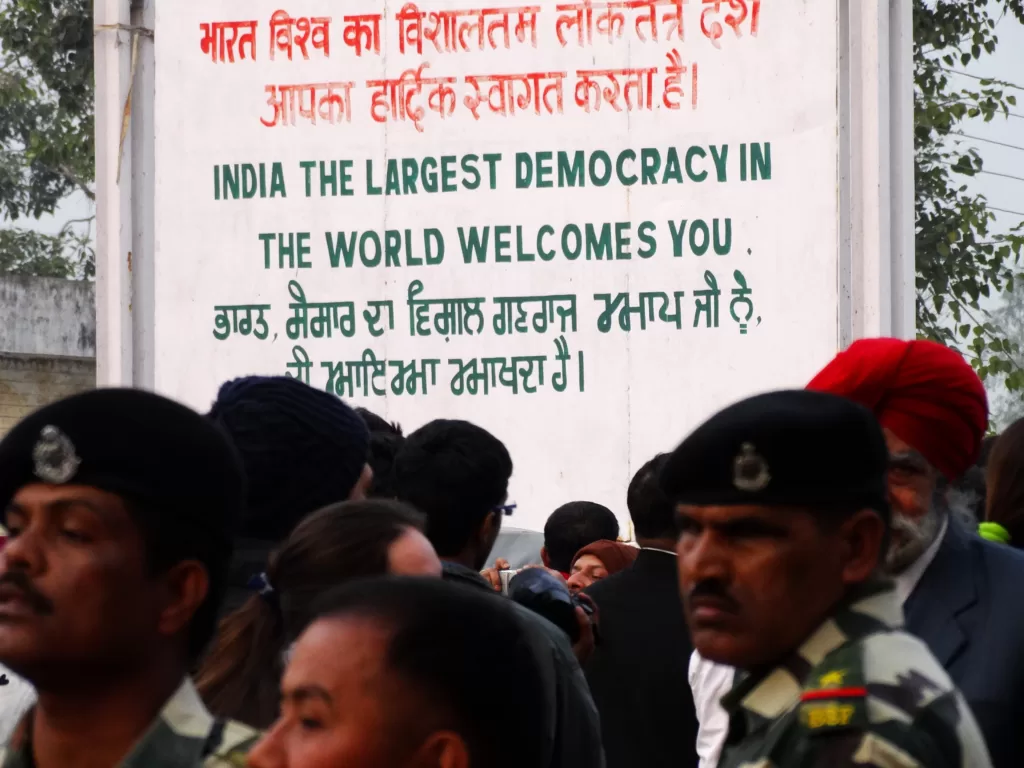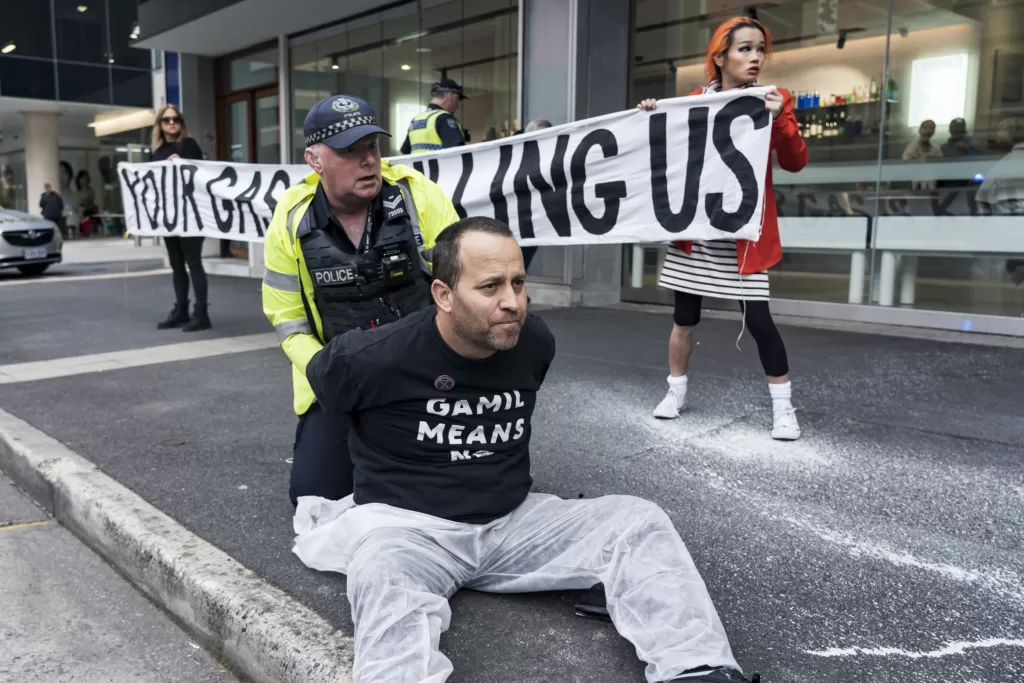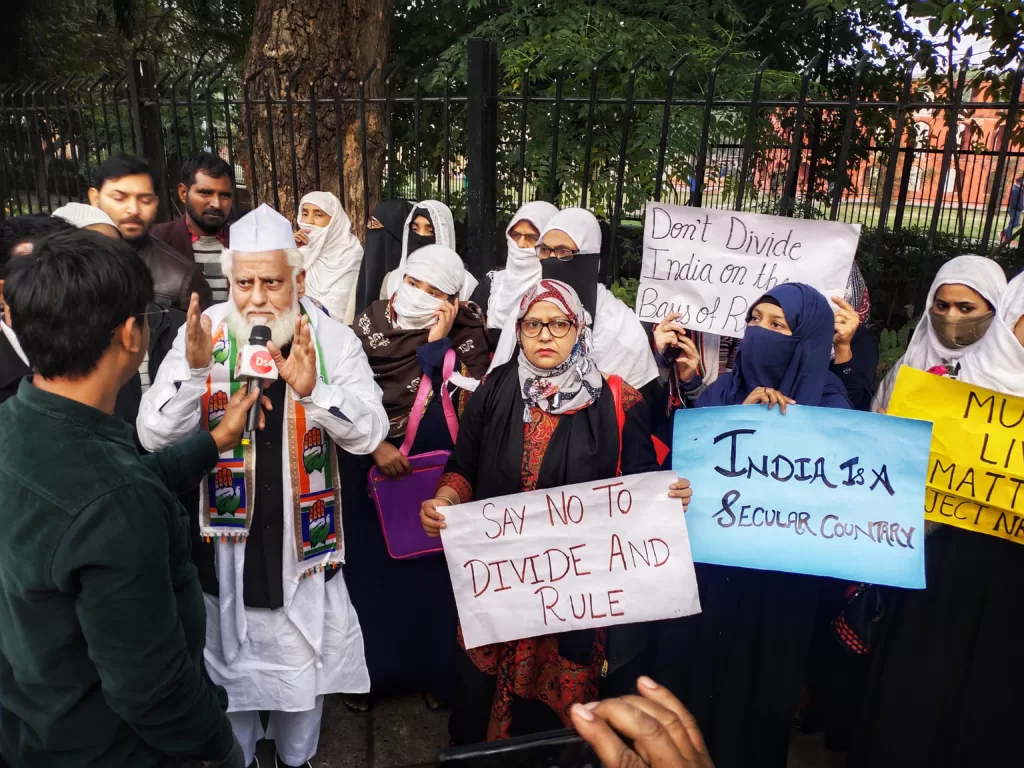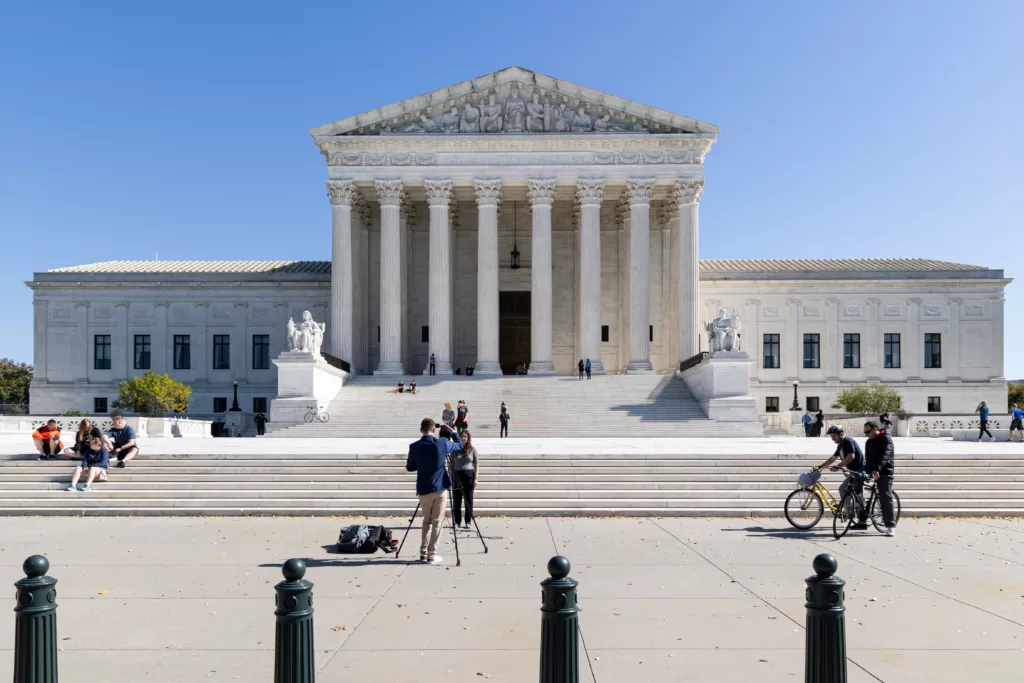Laws restricting basic freedoms may be made in the name of public order and national security, but they are often used against dissident voices.
 The Bharatiya Nyaya Sanhita Bill (2023) not only retains but enhances restrictions on political freedoms. : Adam Jones, Flickr CC BY 2.0
The Bharatiya Nyaya Sanhita Bill (2023) not only retains but enhances restrictions on political freedoms. : Adam Jones, Flickr CC BY 2.0
Laws restricting basic freedoms may be made in the name of public order and national security, but they are often used against dissident voices.
Three bills were tabled in the Indian Parliament in August, part of an overhaul of the entire criminal justice system. In a departure from the legacy of colonial law, they claim to replace ‘justice’ with ‘punishment’ as the aim and put citizens’ rights at the centre of the system.
The substantive criminal law in India has long been governed by the Indian Penal Code (IPC) of 1860, which dates back to the colonial era. The Bill to replace the IPC features 175 amended sections, eight new additions and the repeal of 22 sections, including the section on sedition.
The proposed legislation raises questions about whether colonial laws alone are responsible for the shrinking of democratic freedoms in India, and whether new laws can restore fundamental freedoms of speech, association and dissent to the citizenry.
The state of democratic freedoms in India can be assessed in three ways: comparing the space for civil liberties in colonial and post-colonial laws restricting fundamental freedoms, analysing how these laws have been implemented, and assessing the democratic rights afforded by the proposed legislation.
The justification for laws restricting freedoms relates to concerns around public order and national security, but patterns of implementation suggest the possibility of their political use against dissident voices. This blurs the boundary between criminal offence and legitimate dissent, rendering dissenters as criminals. Only those laws and regulations with a tightly defined scope of criminality will pass the test of democracy.
Dissent in India is an extension of the fundamental right to freedom guaranteed as part of Article 19 of the Indian Constitution, which includes the rights to speech and to peaceful assembly and association, among others.
The Constitution imposes reasonable restrictions on the exercise of these rights in the name of protecting certain identified interests such as ‘public order’, ‘security of state’ and the ‘sovereignty and integrity of India’.
These restrictions mark the threshold between legitimate dissent and criminal action.
If a citizen’s action is perceived to be criminal, a charge is filed against them under a specific law. The adjudication process involves the judiciary deciding whether a citizen’s exercise of their freedom exceeds constitutional restrictions and whether the curtailment of liberty through the invocation of specific laws is reasonable.
Hence, the determination is on the constitutional validity of laws in restricting freedoms – including the right to dissent.
Criminalising dissent and disaffection
The colonial-era law which comes into conflict most obtrusively with the right to speech is the law against sedition, enacted in 1870 (Section 124A of the IPC), which has been used by all successive governments post-independence.
In its original form, which still stands in the penal code, the law criminalises all forms of expression which incite ‘hatred, contempt or disaffection’ against the government. The Supreme Court in 1962, however, interpreted it to apply only to those that incite disorder or violence.
According to the latest official figures for 2021, 76 initial police reports for sedition were registered across India. In May 2022, the law was suspended by the Supreme Court for re-examination – on the grounds of its glaring misuse in the hands of the executive.
Some laws enacted after independence, such as the Unlawful Activities (Prevention) Act (UAPA), also have a bearing on political freedoms. The UAPA was enacted in 1967 but was given its contemporary form through subsequent amendments carried out in 2004 and 2008.
It is an extraordinary law – meaning that it makes exceptions to the usual safeguards provided to an accused and lays out special conditions with regard to bail, investigation and trial. Among other things, the UAPA criminalises acts and expressions which ‘disrupt the territorial sovereignty and integrity of India’ or ’cause disaffection against India’.
The UAPA also has provisions for banning organisations and criminalising association with banned organisations. Consequently, it has far-reaching consequences for the exercise of all possible fundamental freedoms guaranteed by the Indian Constitution.
Misusing the law
Annual crime statistics reveal that both a colonial-era laws like sedition and post-colonial legislation like the UAPA are being used with equal readiness.
Their use is marked by an increasing number of cases and an abysmally poor rate of conviction. The ratio makes clear that the laws have been misapplied in an overwhelming number of cases.
There were 363 cases registered under the sedition law between 2017 and 2021. The number of convictions in the last five years is only six, against 51 cases of acquittal. The rest of the cases remain pending.
In 2021 alone, the pendency rate – cases awaiting settlement – was 96.9 percent. Cases registered under sedition law have included instances of cheering for a rival cricket team, offensive social media posts, WhatsApp message forwards, the recital of Hanuman Chalisa and others, with no inherent element of incitement to violence. These facts were acknowledged by the court while suspending the law.
More than 800 cases of sedition were filed between 2010 and 2021 against 13,000 people. There was a 28 percent annual rise in cases after 2014, when the Bharatiya Janata Party came to power.
According to annual crime statistics, 4,919 cases were registered under the UAPA between 2017 and 2021. The average conviction rate over the last five years stands at around 30 percent, but this is based on a miniscule figure – 95 percent of cases are waiting for trial to be completed. Around 1,621 people were arrested in 2021.
According to one study, only 2.8 percent of arrests made between 2015 and 2020 resulted in conviction under the UAPA. Despite the poor conviction rate, the accused end up suffering long periods of incarceration because the UAPA sets conditions that make bail extremely difficult.
The study showed that out of 4,690 persons arrested between 2018 and 2020, only 1,080 secured bail. Despite being a serious law invoked to counter threats to national security, it has been routinely used against students, journalists, human rights activists and in cases unrelated to national security, with inordinate delays by investigating agencies in completing investigation.
New laws with broader reach
One of the foremost issues with these laws is the ambiguity of their language – such as ‘disaffection’ and ‘sovereignty and integrity of India’ – which allows for all kinds of activities to be included in their scope.
The Bharatiya Nyaya Sanhita Bill tabled in the Parliament in August cannot be seen to do away with the trend of overbroad and ambiguous legislation. It only replaces sedition with another section that criminalises acts and expressions endangering the sovereignty and integrity of India. In fact, it broadens its reach by removing the requirement of incitement of violence as a necessary factor.
It also adds a new section on Offence of Terrorist Act (S. 111), which criminalises acts of provocation and intimidation likely to endanger public safety. The offences under UAPA are reproduced in the proposed Bill with no linguistic changes.
Provisions which may come into conflict with political freedoms are effectively retained – and, in fact, enhanced.
Anushka Singh teaches at the School of Law, Governance and Citizenship, Dr. B.R. Ambedkar University Delhi (AUD), New Delhi, India and is the author of Sedition in Liberal Democracies.
Originally published under Creative Commons by 360info™.












